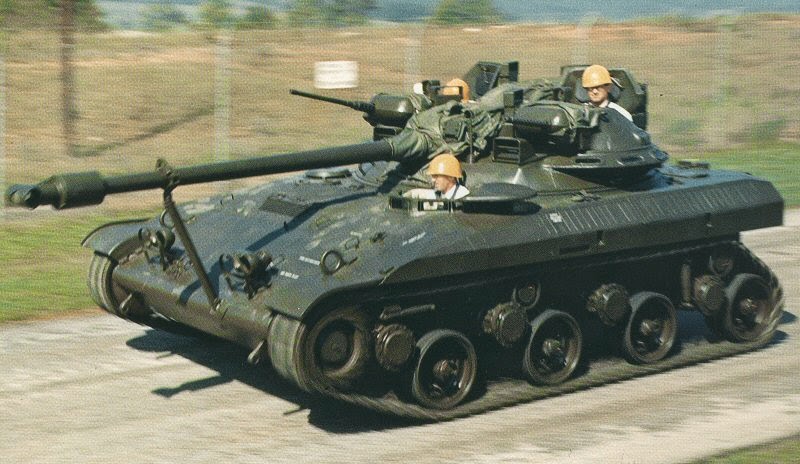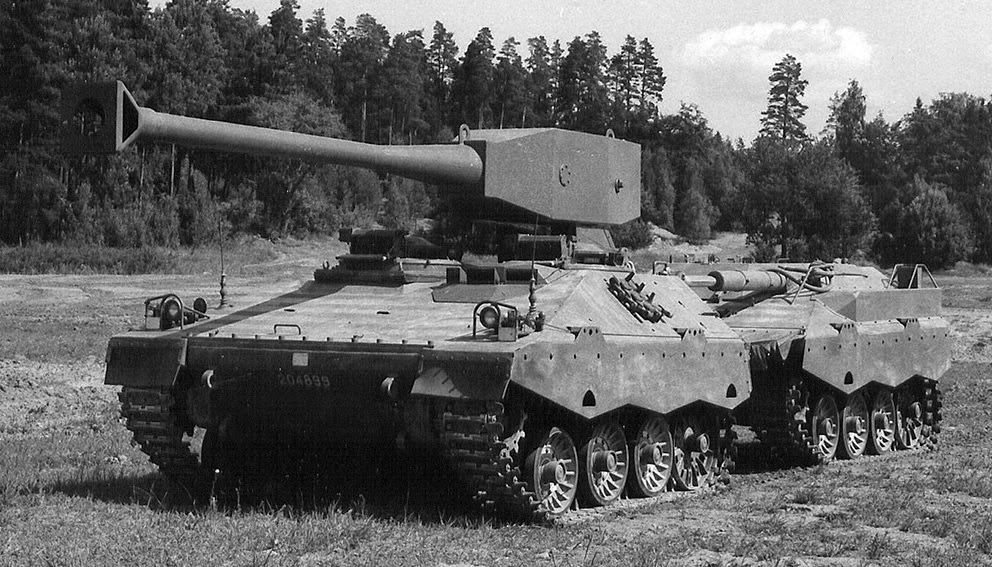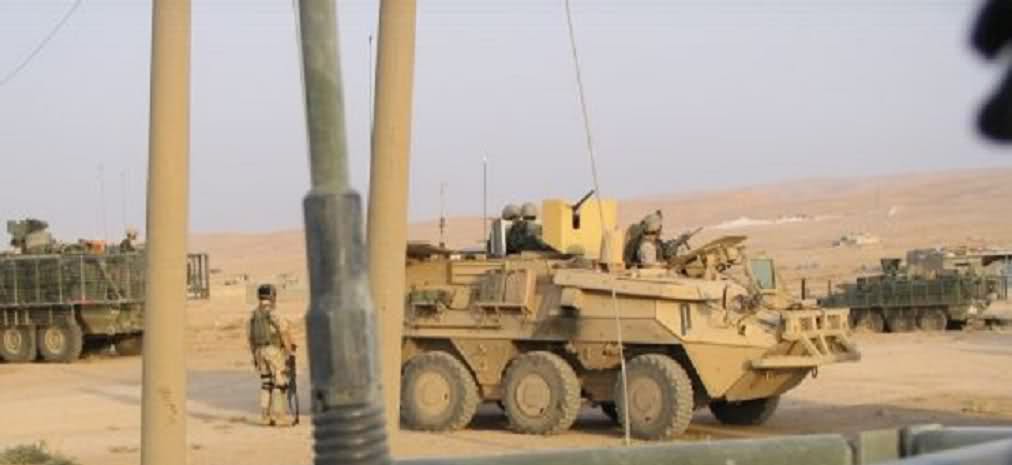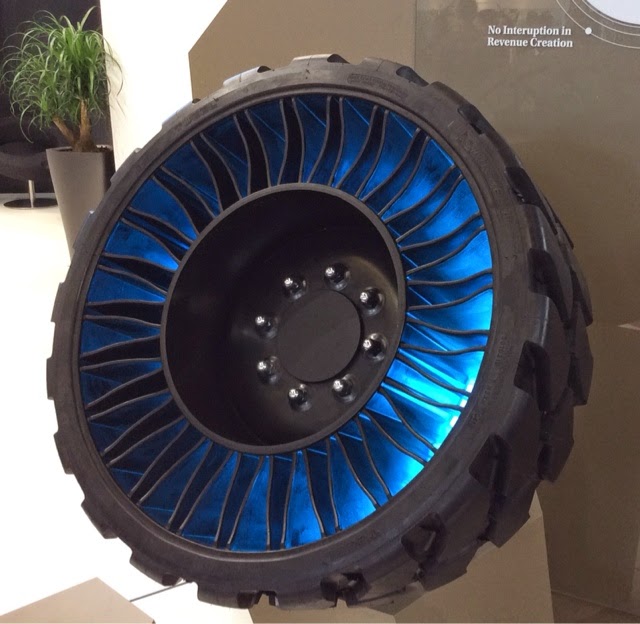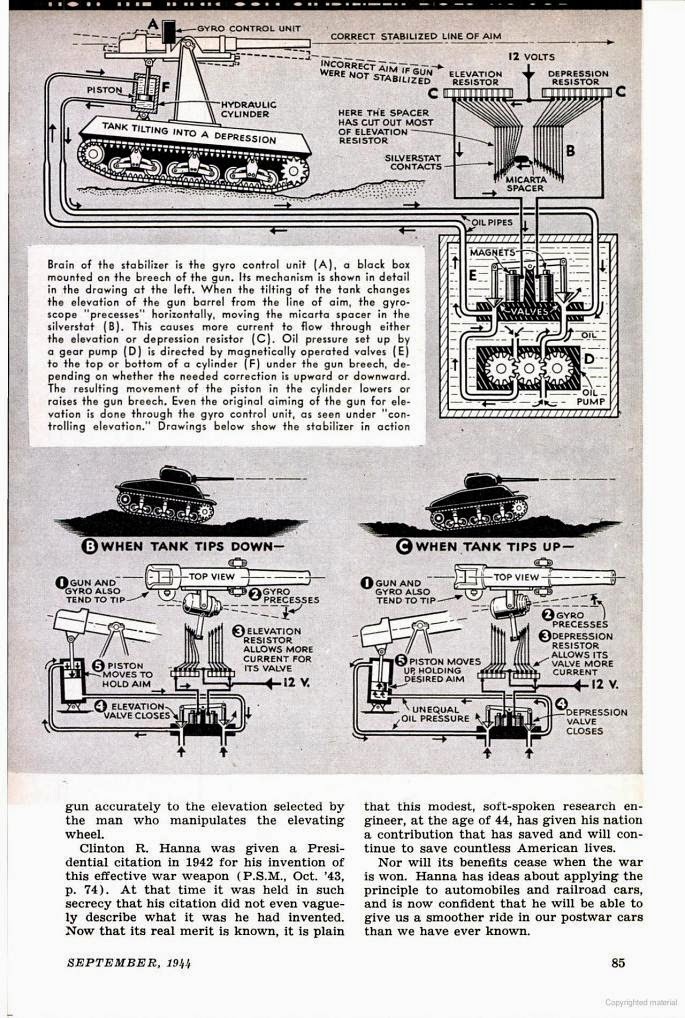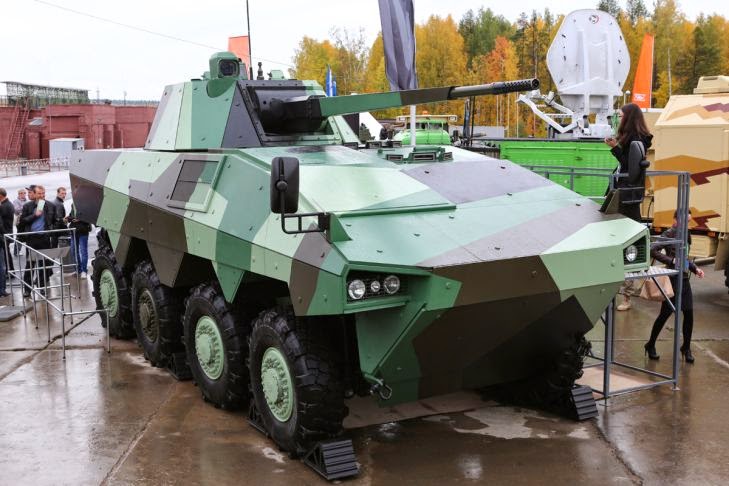Blast from the Past:
T-92 Light Tank
Second half of 1950's saw the development effort for an Air Mobile Light Tank to replace the M41 Walker Bulldog light tank.
The result was the T92 Light Tank:
The T92 is a very unique design which emphasized smallness. Weighing a little over 18 tons and armed with the same 76 mm gun of the M41 and has a crew of four.
The 375 hp engine of the T92 would allow it to be very mobile.
The 76 mm gun was located in a cleft turret which allowed for -10 degrees of comfy depression. The T92 was equipped with a semiautomatic loader. This would fire 1 round at a time and did not have any sort of drum. Each round would be put into the semiautomatic loader one at a time. After the round is fire the shell is automatically ejected. Protection is effectively the same as the M41 but lighter weight materials such as aluminum were used to protect parts of the T92.
T92 with its predecessor M41 Walker Bulldog
The first T92 arrived at Aberdeen in 1956, the second arrived the next year. Both proved capable machines but there were problems found, in all 50 changes were to take place and ranged from problems with the tracks to problems with the shell case ejector.
T92 had very low profile turret with three weapons. Along with the 76mm main gun, there were a 12.7mm heavy machine gun and a 7.62mm machine gun on two smaller turrets! These turrets can be used as independent turrets or can be locked to the main turret to be used as coaxial guns.
The main gun's rate of fire was 12 RPM and carried 60 rounds for the 76mm gun. It could be elevated to -10/+20 degrees and had a semi-automatic loading system.
T92 was very close to being put into production which was planned in 1962. In 1957, before the 2nd pilot T92 arrived at Aberdeen, Congress found out about Soviet PT-76 and its amphibious capabilities. The T92 was unable be modified to become amphibious due to the design of the vehicle. In 1958 the T92 was cancelled.
The vehicle that replaced the T92 concept was the M551 Sheridan with its amphibious capability albeit by flotation screen.
References:
- http://ftr.wot-news.com/2014/02/16/us-t92-light-tank-tier-8/
- http://en.wikipedia.org/wiki/T92_Light_Tank

